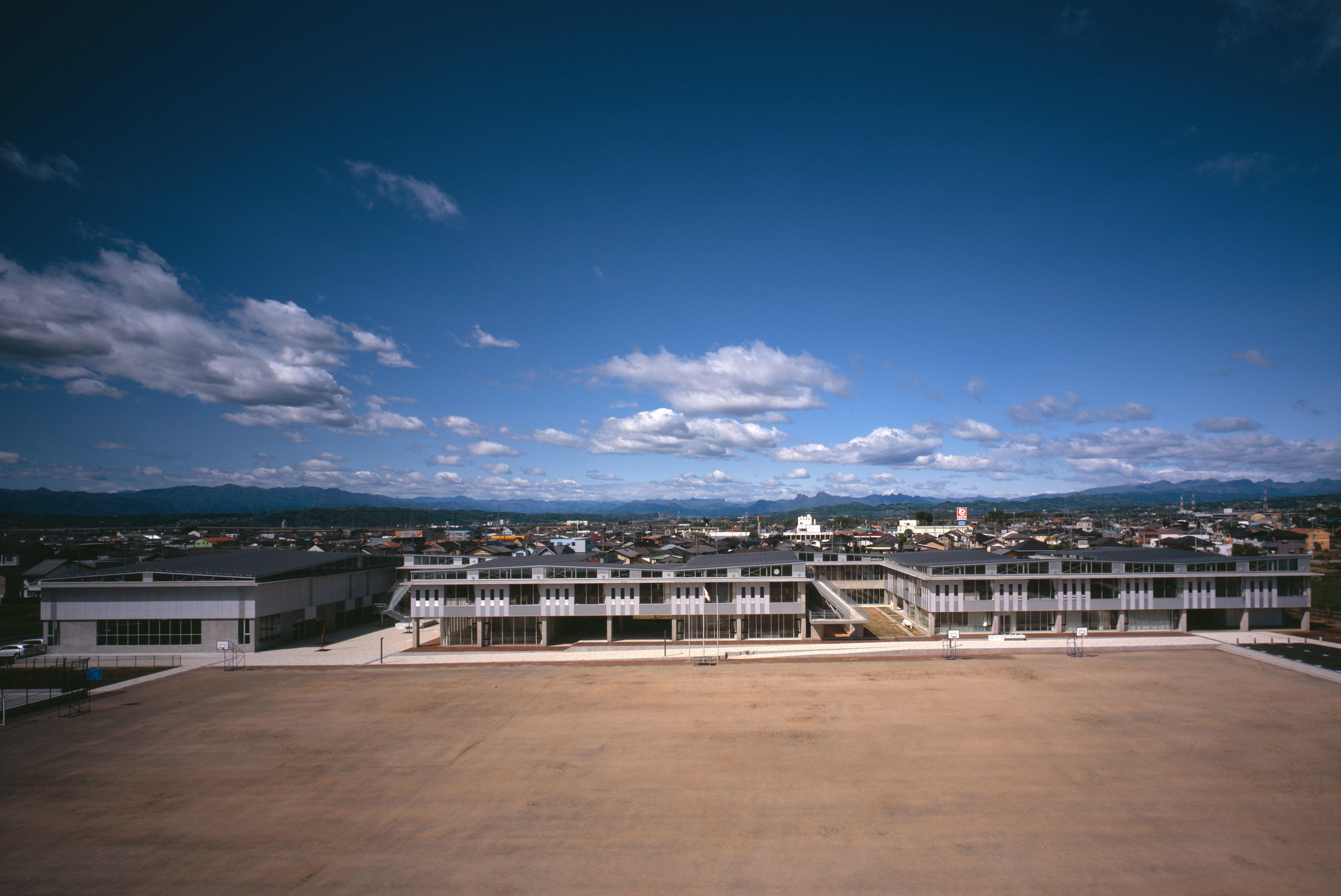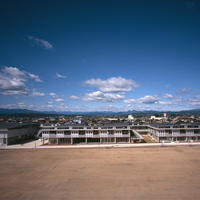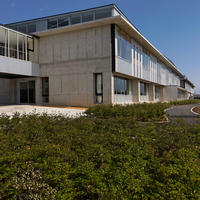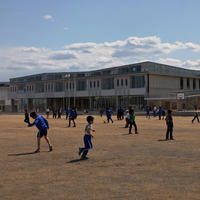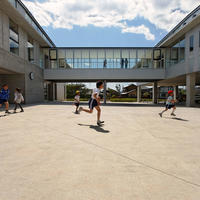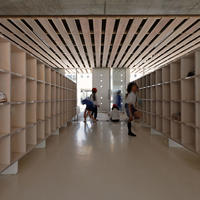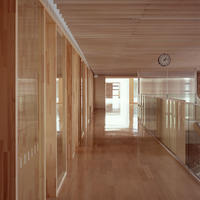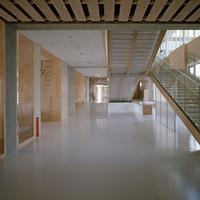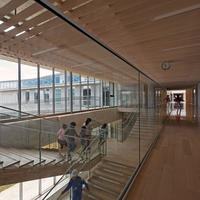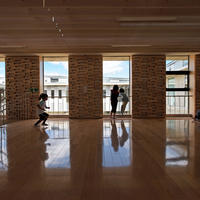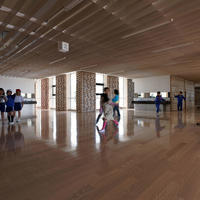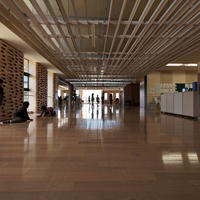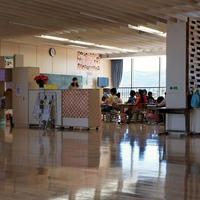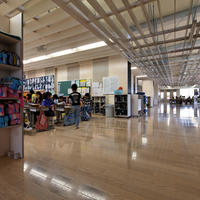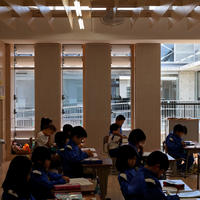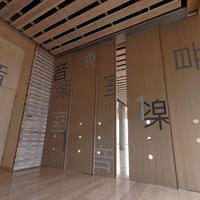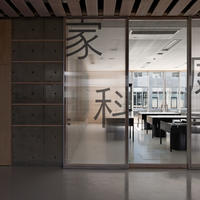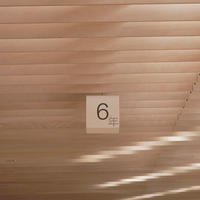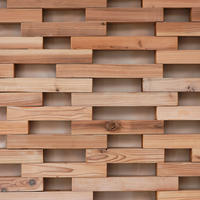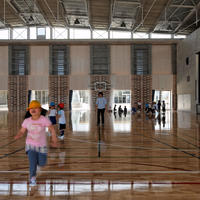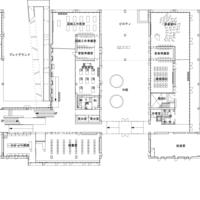Sakurayama Elementary School, Takasaki
2489-1 Munadaka, Takasaki, Gunma, JAPAN
Learning together life stage
| Architect | Furuya Nobuaki+NASCA |
|---|---|
| Usage | Elementary School |
| Size | 2F |
| Site area | 25,953m2 |
| Area | 9,450m2 |
| Completion | 2009.03 |
| Award | First Prize, Open Design Competition, 2006; Architectural Institute of Japan (AIJ) Award 2011 |
| Publishing | Shinkenchiku 2009.07, GA JAPAN 99, Kindaikenchiku 2009.09 |
Sharing Two School Buildings
This elementary school has two separate buildings due to an increase in the number of inhabitants in the city. The new school building is located 600m away from the original site of the school. These two school buildings are, appropriately, connected by a river. It suddenly came to me that the two school districts share the two school buildings so that the pupils of each school can visit each other, even after the separation. The new building has, on one hand, space which the old one doesn't, while the old building has space which the new building doesn't!
Topographical correspondence/School with no blind alley or back door
The shape of the school building follows the flow of the river, utilizing the natural dispostion of the place. It was desirable for the shape to echo the horizontal lines of the surrounding fields and the distant mountain range. A 2-storey low-rise facade was designed in accordance with the topography, where it was possible to place classes from the 1st to the 6th grade on the same floor. I hoped that all the pupils from different grades could spend their time with each other on a daily basis. The rooms on the ground floor - the multipurpose room, the library, and the meeting room - are intended to contribute to an ongoing daily exchange with locals.
The pupils get to school via three routes. I designed entrances at three corners of the site that enable pupils to enter directly: they don't have to walk along the length of the walls to enter. By doing so, the school population automatically pays more attention to entrances, which was the result of an elaborate arrangement of the school building without, in effect, a 'backside'.
The dimensions of the classrooms and the adjacent open-spaces are 15.4m x 15.4m: these spaces are arranged so that a zigzag shape is made with a 15.4m length three times . And a corridor runs in a south-north direction. Convenience of movement without any blind alleys is afforded to the whole school building. It is designed as an escape to anywhere: it will, of course, be advantageous in many ways, depending on how people choose to use it.
Life Stage of Co-Learning
School is "the stage of life" not only for pupils but also for teachers who spend most of their day there. Last year, one of the students in my lab, who was interested in the space of Terakoya (an education facility for common people in Edo), tried to write a graduation thesis on it. He had considerable difficulties in finding proper resources for the study, and his research is still ongoing. But, just by looking at a painting or drawing of Terakoya, one can easily imagine the scene in which children of different ages get together on the same wooden floor and encourage each other to learn. In just such a way, many local people support the school, and friends from both school buildings often pay each other a visit. And that is my wish.
Photos: Asakawa Satoshi
